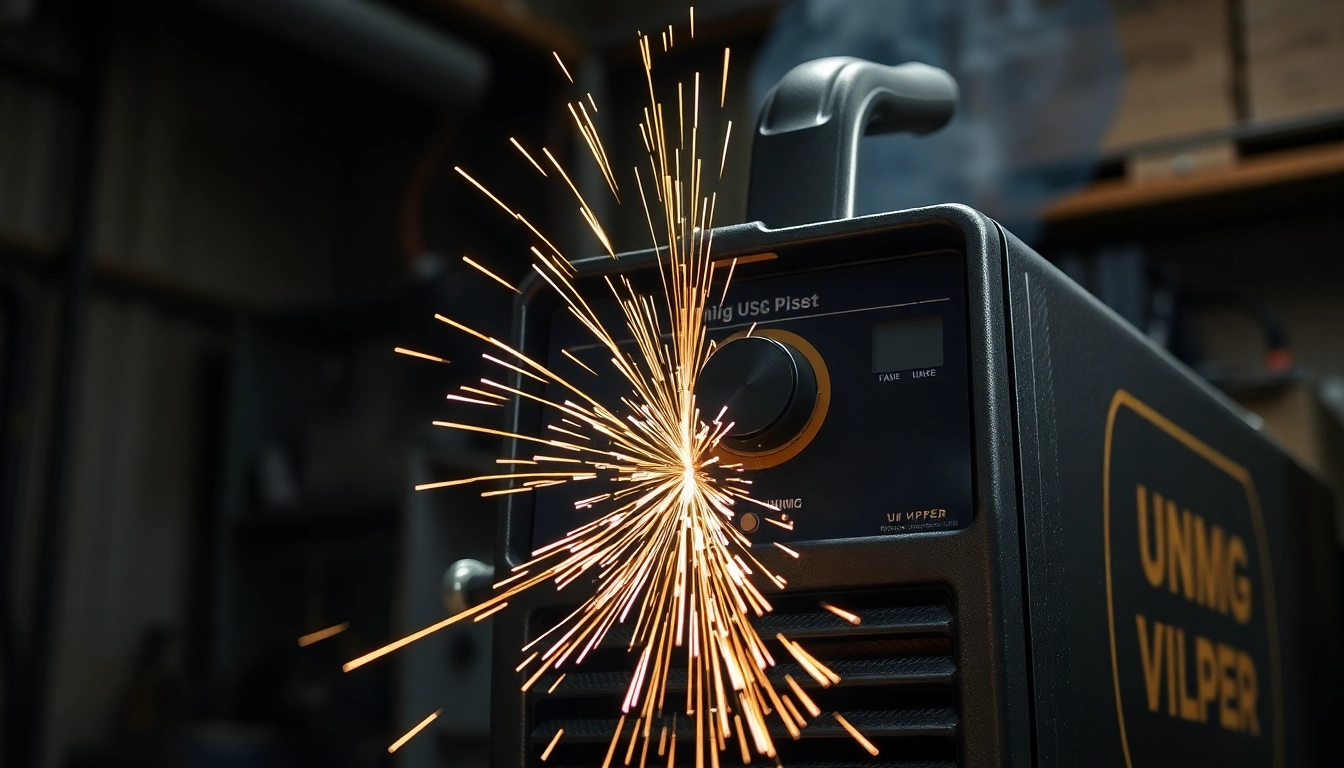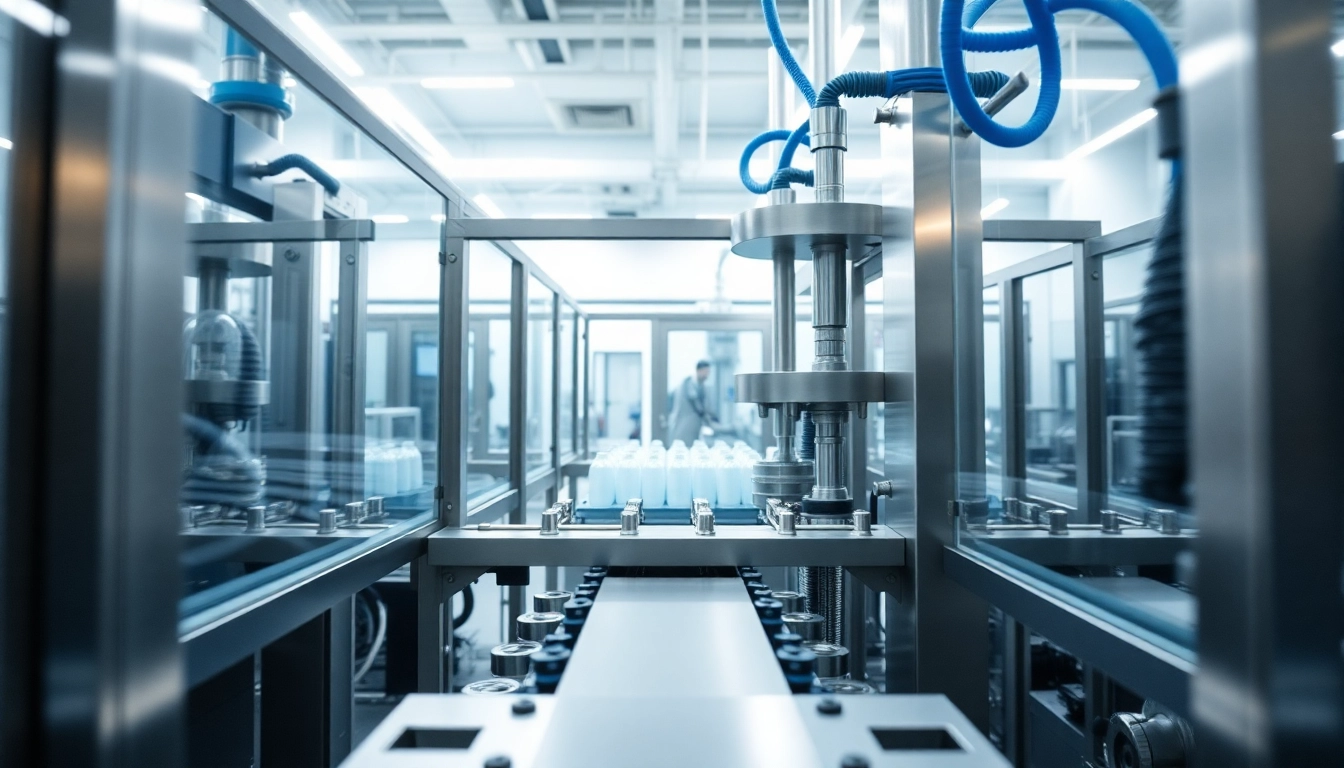1. Introduction to Epoxy Prepregs
In recent years, epoxy prepregs have emerged as a pivotal component in advanced manufacturing techniques, revolutionizing the landscape of composite materials. Their unique composition and tailored applications allow for an array of benefits across various industries, notably aerospace, automotive, and sports equipment. This article will delve into the multifaceted world of epoxy prepregs, exploring their definition, historical emergence, and the range of industries that utilize these high-performance materials.
What are Epoxy Prepregs?
Epoxy prepregs, or pre-impregnated materials, are composite sheets crafted using reinforcing fibers, such as carbon fiber or fiberglass, which are saturated in a thermosetting resin system, specifically epoxy. The resin is partially cured, allowing the prepregs to be stable during storage and easy to handle during the manufacturing process. This pre-impregnation ensures that the matrix is uniformly distributed, resulting in consistent quality across the material. The precise control over the resin content and fiber alignment in epoxy prepregs leads to superior mechanical properties, making them suitable for high-stress applications.
History and Development of Epoxy Prepregs
The development of epoxy prepregs can be traced back to the mid-20th century, when advancements in polymer chemistry and materials science catalyzed the production of more robust composite materials. Initially, the aerospace industry embraced these materials due to their lightweight properties and high strength-to-weight ratio. Over the decades, the versatility of epoxy prepregs has led to their adoption across diverse sectors, driven by continuous research and innovation in material formulations and processing techniques.
Industry Applications of Epoxy Prepregs
Epoxy prepregs are renowned for their usage in various sectors, each benefiting uniquely from the specific characteristics of the materials:
- Aerospace: Here, lightweight and strength are paramount. Epoxy prepregs contribute significantly to the construction of aircraft components, such as wing structures, stabilizers, and fuselage sections, ensuring performance and fuel efficiency.
- Automotive: In the automotive sector, epoxy prepregs are increasingly utilized to manufacture high-performance parts, enhancing vehicle strength while minimizing weight, leading to better fuel economy.
- Sports Equipment: Epoxy prepregs play a crucial role in creating durable and lightweight products such as bicycles, tennis rackets, and golf clubs, where performance and resilience are critical.
2. Properties of Epoxy Prepregs
Understanding the properties of epoxy prepregs is vital for manufacturers to leverage their advantages effectively. The following sections will evaluate the mechanical properties, curing characteristics, and how epoxy prepregs compare to alternative prepreg materials.
Mechanical Properties of Epoxy Prepregs
Mechanical properties are crucial as they dictate how well a material performs under stress. The key mechanical properties of epoxy prepregs include:
- Tensile Strength: They exhibit high tensile strength, making them ideal for load-bearing applications.
- Flexural Strength: Epoxy prepregs maintain excellent flexural strength, resisting deformation while being bent or flexed.
- Impact Resistance: The toughness of epoxy prepregs allows them to absorb impact forces, reducing the risk of structural failure.
Through rigorous testing, these properties are meticulously controlled to meet the demanding standards of industries relying on high-performance materials.
Curing Characteristics and Processing
Processing epoxy prepregs involves several key steps: cutting, layup, and curing. They require precise thermal management during curing, typically involving autoclave environments or oven curing techniques, which help to enhance their mechanical properties. The cure cycle is an essential aspect because it dictates the final performance characteristics of the material. Poorly managed cure cycles can lead to defects in the composite, impacting longevity and performance.
Comparison with Other Prepreg Types
While there are various types of prepregs available, such as phenolic and polyamide, epoxy prepregs stand out due to their superior bonding characteristics and mechanical performance. Compared to polyamide prepregs, which are known for their moisture resistance, epoxy prepregs offer enhanced mechanical stability and temperature resistance, making them the preferred choice for many high-performance applications.
3. Benefits of Using Epoxy Prepregs
The widespread adoption of epoxy prepregs in industrial applications can be attributed to several notable benefits, which are presented below.
Advantages in Manufacturing
The streamlined manufacturing process associated with epoxy prepregs results in reduced labor and operational costs. The prepregs can be stored at frozen temperatures, allowing for extended shelf life and reducing waste. Their precision in fiber orientation ensures that the final component performs predictably, aligning with engineering specifications.
Cost-Effectiveness and Efficiency
Using epoxy prepregs can result in lower material costs over time, despite a higher initial investment compared to traditional lay-up methods. The efficiency of using pre-impregnated materials eliminates time-consuming steps like mixing resins, thus speeding up production cycles while maintaining high-quality outputs.
Quality Control and Consistency
Epoxy prepregs allow manufacturers to achieve greater uniformity in their components. The controlled manufacturing environment ensures that each batch exhibits consistent properties, resulting in lower failure rates and improved reliability of products across applications.
4. Challenges in Epoxy Prepreg Applications
Despite the advantages, epoxy prepregs do present certain challenges in their application which must be addressed for successful implementation.
Storage and Handling Issues
Epoxy prepregs must be stored at specific temperatures to maintain their properties. Failure to adhere to these guidelines can compromise the resin’s performance, leading to issues during processing. Proper training in handling and storage is critical for manufacturers.
Curing Temperature Considerations
The curing process is temperature-dependent. Understanding the optimal curing schedules is essential. Low-temperature curing can lead to incomplete curing while high temperatures can compromise the integrity of the fibers. Manufacturers must balance these factors based on the specifics of their applications.
Market Competition and Trends
The market for epoxy prepregs is competitive, as several new approaches and advancements are constantly emerging. Staying ahead of technological trends and consumer demands is essential for manufacturers to maintain their competitive edge and to capture emerging market opportunities.
5. Future Trends in Epoxy Prepreg Technology
As technology and environmental considerations evolve, the epoxy prepreg industry is poised for significant changes and advancements.
Innovations in Material Science
Research in material science continues to yield innovative formulations of epoxy prepregs that offer improved performance characteristics, such as enhanced thermal stability and resistance to environmental factors. Innovations aim to expand the application of epoxy prepregs into even more demanding areas.
Eco-Friendly Alternatives and Sustainability
The growing emphasis on sustainability is driving research into biodegradable resins and more eco-friendly manufacturing processes. Companies are focusing on reducing the environmental impact of production while maintaining the essential high-performance characteristics that epoxy prepregs provide.
Projected Market Growth and Opportunities
The market for epoxy prepregs is anticipated to grow significantly, driven by increasing demand in aerospace, automotive, and other high-performance sectors. As manufacturers identify and capitalize on new applications, there is potential for developing custom epoxy prepregs tailored to specific industry needs, thus opening fresh avenues for growth.



